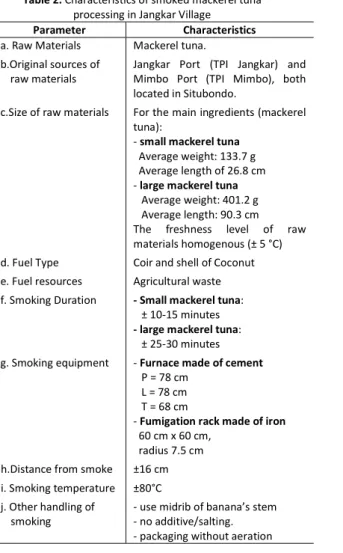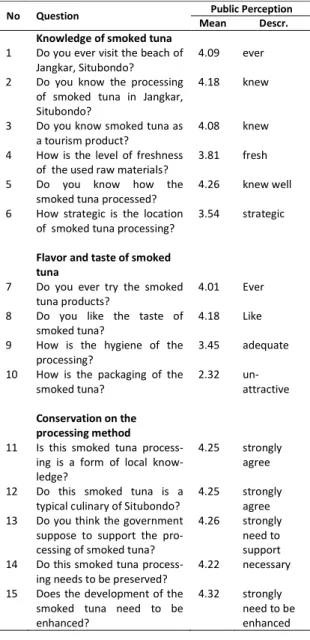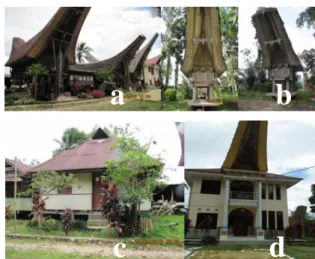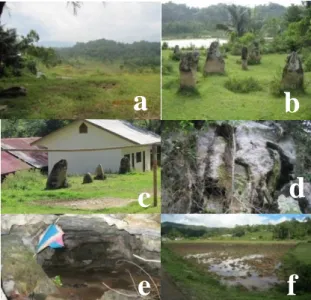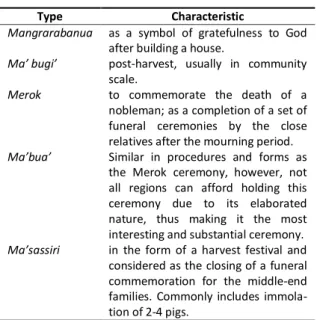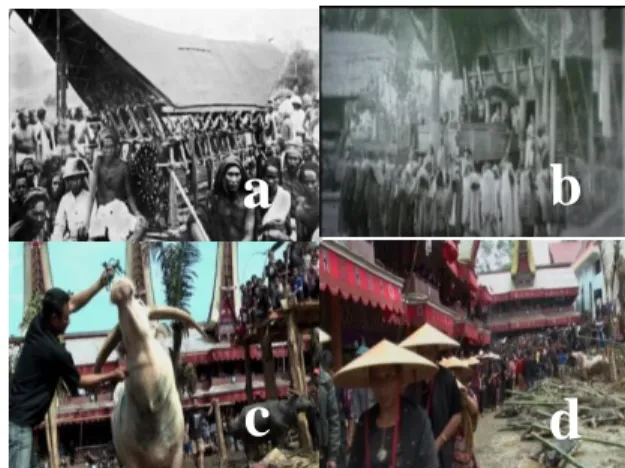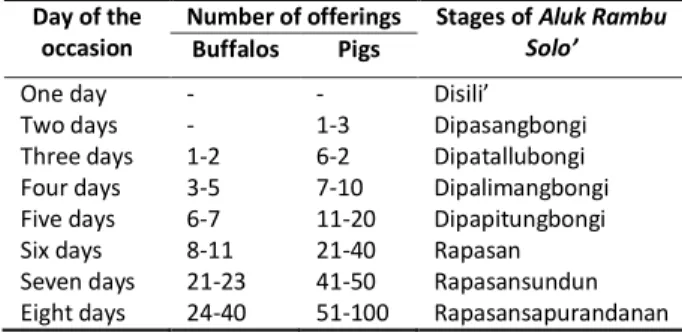As one example, smoked mackerel tuna (Euthynnus affinis Cantor) called Jangkar in Situbondo, East Java. Meanwhile, traditional processing of smoked mackerel tuna in Jangkar Village, Situbondo Regency has not yet been assessed. We also assess the public perception of smoked mackerel tuna processing and assess its quality.
The level of consumer preference towards smoked mackerel tuna was assessed by organoleptic test to 85 respondents (Table 1). Traditional Smoked Mackerel Tuna Processing Procedure of Smoked Mackerel tuna processing is as follows. Sensory characteristics of taste on smoked mackerel tuna has a flavor intensity of delicious and savory.
Texture on smoked mackerel tuna is solid, compact, fairly dry and fairly stiff interstitial. Smoked mackerel tuna in this study has attractive color intensity, brown and shiny specific types. The ash level of smoked mackerel tuna is 29.59%, which is higher than the standard of SNI, i.e.
Smoked mackerel tuna in Situbondo is traditionally processed based on local wisdom, visible in the use of materials and method.
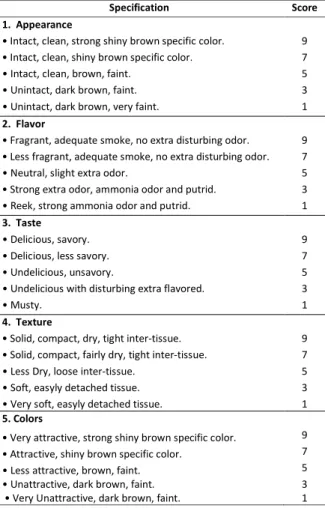
Tourism Development Strategy of Buntula’bi Balusu Sub-village, North Toraja Regency Based on Tourist Perception
Tourism Development Strategy for Buntula'bi Balusu Sub-Village, North Toraja Regency Based on Tourist Perception. Tourism Development Strategy for Bantula'bi Balusu Sub-Village (Timang et al.) MATERIALS AND METHODS. Buntula'bi Sub-village located in Balusu Village, Balusu Sub-district, North Toraja Regency, South Sulawesi Province.
The total area of Buntula'bi sub-village is approximately 250 ha with mountainous and hilly topography. Respondents were traditional leaders who mastered the history, knowledge, ancient buildings and attractions in the sub-village or village chief of Buntula'bi and understand the context of cultural tourism. Tourism Development Strategy of Bantula’bi Balusu Sub-village (Timang et al.) Consecutively, the mean scores were then.
Podvas is home to at least 10 Tongkonan units, each owned by a group of families, namely the Tongkonan of Lingkasila, Rantewai, Kollo-kollo, Bellolinggi, Lengkong, Malenong, Nusu L Limbong, Nenek Nita, Ne Masero and Tanete (Figure 4 ). It is usually performed in the morning (east), either in the form of harvest, traditional house parties or wedding ceremonies (Table 2). The following description is an explanation of supply and demand in tourism in the area under consideration.
The dominant tourist facilities in Buntula'bi sub-village are the hundreds of years old Tongkonans such as Tongkonan of Lingkasaila, Rantewai, Kollo-Kollo and Belolinggi'. The following table explains the characteristics of tourist facilities in Buntula'bi sub-village (Table 3). Detailed information on traditional art as a tourist attraction in Buntula'bi sub-village is shown in Table 4.
Tourists' perceptions at tourist objects in Buntula'bi Sub-village are recapitulated according to their percentage and mean scores against each tourism attribute (Fig. 8). Most of the Buntula'bi residents are inclined towards the development of tourism in the sub-village as identified from 69% of the respondents. The tourism potential in Buntula'bi Sub-village is a constitution of ancient buildings and traditional environment.

Agroedutourism and Ecopreneurship Activities on the Organic Farming Practices in Lawang, Malang Regency, East Java, Indonesia
Therefore, groups of farmers in Lawang develop various organic products such as fragrant and pigmented rice, vegetables, fruits and livestock. Most farmers in Sumber Ngepoh village planted rice using inorganic pesticides and fertilizers, and two groups of farmers developed organic farming systems. Three groups of farmers in the village grow vegetables and livestock in their organic farming system.
Therefore, five farmer groups were selected based on their farming system to supply organic rice, vegetables, fruits, herbs and dairy products. Through organic farming practices, farmer groups had showcased agricultural landscapes, scenes and traditional farming tools. The gap analysis indicating that farmer groups in Lawang can present seven attractions (Table 1).
Other attractions that can be offered by farmer groups, such as fruit and vegetable harvesting, adapted traditional games combined with knowledge of organic farming and practice how to produce a post-harvest of agricultural produce. In their organic fields, farmer groups not only offer seven attractions, but are also present. Based on the gap analysis, it is known that farmer groups' activities in their organic field are qualified as ecopreneur actions.
Basically, the organic farming applied by farmer groups in Lawang not only serves a healthy food, but also shares the knowledge of maintaining a healthy environment. Farmer groups offer environmentally friendly products such as organic rice, vegetables and fruits, kefir and goat milk, goat milk lotion, soap and cleanser, fertilizer, as well as training services for the preparation of natural pesticides and demonstration of organic farming. Groups of farmers create and use environmentally friendly products and become an assessment of the life of the next generation.
Finally, through organic farming development, farming groups will reduce social imbalance and be more respectful towards other farming groups. After nearly two decades of organic farming, farmer groups have become benchmark sites for some stakeholders. Five farmer groups in Lawang demonstrated agritourism and ecopreneurship activities in their daily organic farming activity.
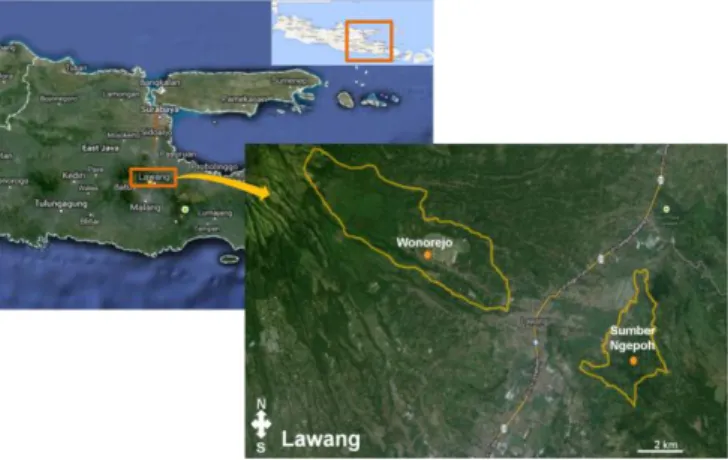
Tourism Based on the Model of Strategic Place Triangle (A Case Study in Wisata Bahari Lamongan)
In strategic planning, the mission to be achieved in the future must also be clear. In the context of WBL, the weakness was the systematic mission to overcome the problems of declining visitors. We found that branding is a key element of the existing problems of strategic planning in WBL.
In the context of the development of WBL, the positioning was determined, whether aspects of WBL could have a special place in the perception of visitors. For WBL, positioning was essentially about embedding perception, identity and personality in the minds of visitors. In the context of WBL, the data showed that a primary aspect of WBL's differentiation was its location near the sea; as already mentioned, yes.
Infrastructure (enabler); The factors that support the implementation of the differentiation content and context. The lack of the amusement game concept near the sea becomes a great opportunity to expand. In addition, the efforts of WBL brand development must also highlight the beauty aspects of the sea, due to its so-called marine tourism.
Moreover, in the subsequent analysis, the brand built by WBL was tried to be corrected by the meaning of the brand itself. Attributes WBL must make the most of the character of the sea to build a strong brand, such as the accelerated development of the marine world. Because until today he was not consistent and focused mainly on exploring the beauties of the sea.
The WBL personality must begin to identify itself with the characteristic beauty of the sea because of the tremendous potential of the ocean's features in the future. 34;Wonder of the Sea" was a brand that had highlighted WBL's main sea journeys, i.e. WBL should also highlight the impression of the sea to provide a unique character in WBL, e.g.
![Figure 2. Wilson Methodology [5]](https://thumb-ap.123doks.com/thumbv2/123dok/11108005.0/34.893.487.790.451.719/figure-2-wilson-methodology-5.webp)
Culture Development Planning in the Special Region of Yogyakarta
A culture-based approach is an oldest approach model and is mainly used in the nation development planning process. Some proposed efforts have been made to recognize the importance of cultural resources in the Yogyakarta Special Region. The objectives of the study are: 1) to identify and describe the cultural development planning process, especially the management planning of Kotagede Cultural Heritage District;
The management of the heritage area is very vulnerable and faces severe global changes, so regional development planning should be culturally based to be relevant in the development of the area. Development planning is influenced by three factors: 1) the ability of local authorities to finance the development plan, 2) community involvement in the development process, 3) commitment to development results and planned development goals [15]. Comprehensive planning in the Yogyakarta Special Region must take into account that Yogyakarta is a cultural city with excellent resources of cultural prehistory, e.g.
Depreciation of the cultural heritage in the Kotagede Heritage District continues to occur due to various reasons, e.g. This research is descriptive qualitative with a focus on the planning process of cultural development in the special region of Yogyakarta, especially management planning of Kotagede cultural heritage district. The aspects were accommodated by the planning documents, the heritage conservation model based on community empowerment.
NGOs always encourage the government, donors and the community to participate in cultural preservation efforts, especially in Yogyakarta and Kotagede. A culture agency needs to gather some stakeholders and shareholders to gather some data and information about their needs and interest in cultural development. Socializing was also useful for synchronization, focus and coordination to avoid overlap in development planning.
After this process, the Culture Agency developed an internal coordination with all units in the agency to follow the outcome of the meeting of interested parties and shareholders in the draft cultural planning. After processing by the Culture Agency, the draft was integrated into the Regional Development Planning Department. Kotagede Comprehensive Planning is produced by all actors based on their function in the management organization.
Accomadated Aspects in Planning Documents Local wisdom of the regional culture is the basic philosophy of planning and has included in the documents as mentioned below (Table 3). Development planning consideration of Yogyakarta's cultural heritage integrates the aspect of political, technocratic, participatory, top-down and bottom-up approach.

Title Typed in Bold, Capitalize each First Letter of Each Word, Except Conjunctive, Scientific name should not be Abbreviated
Calibri 14 Bold Center, should not exceed 12 words, except conjuctive)
Title entered in bold, each first letter of each word capitalized, except subjunctive, scientific name should not be abbreviated. Combination Halftone, combine figure and text (image containing text) and color graphics or in grayscale format. Black and white figures must be in grayscale mode, while colored figures must be in RGB mode.
If the figures come from a third party, they must have the copyright transferred from the sources.

